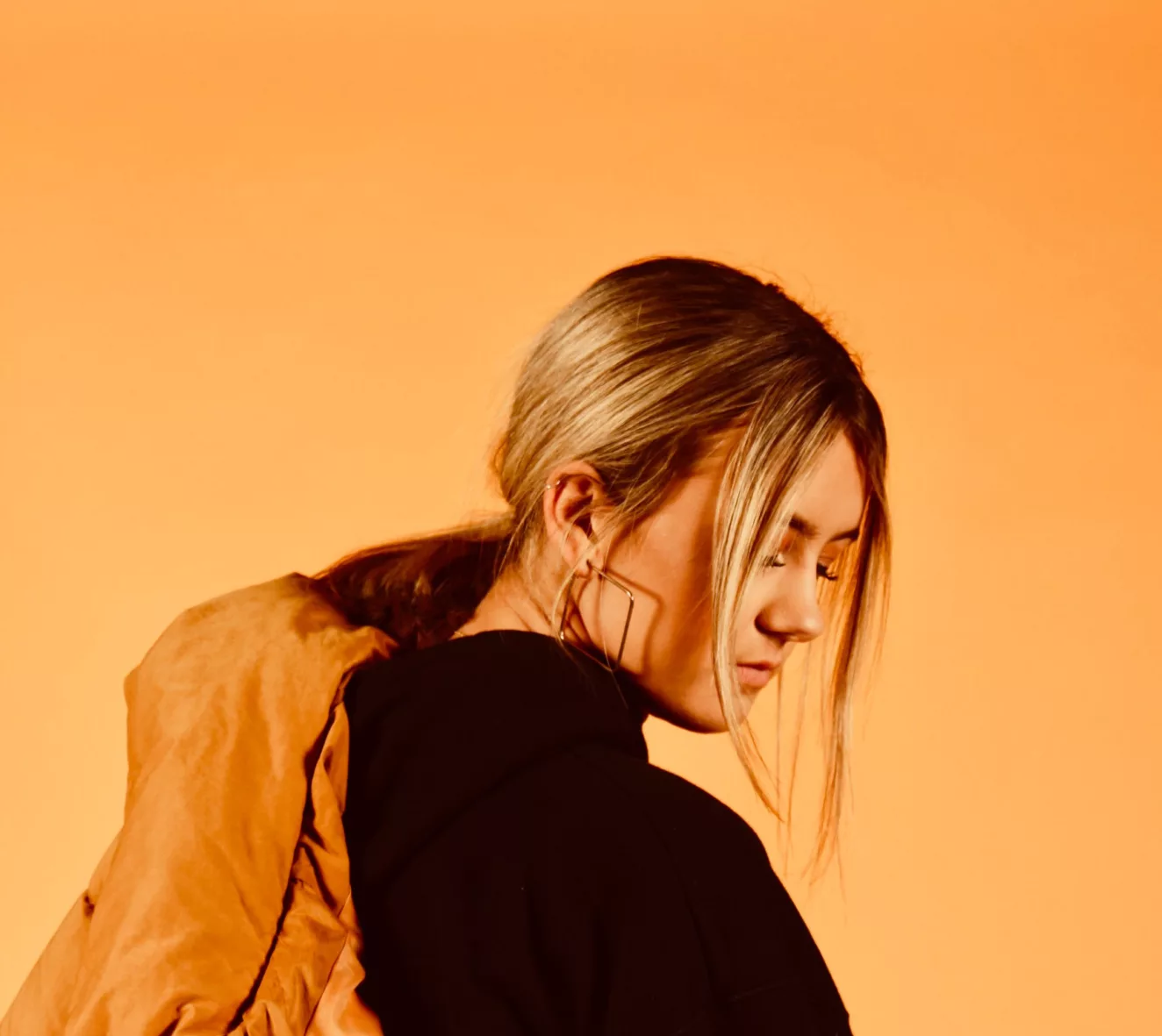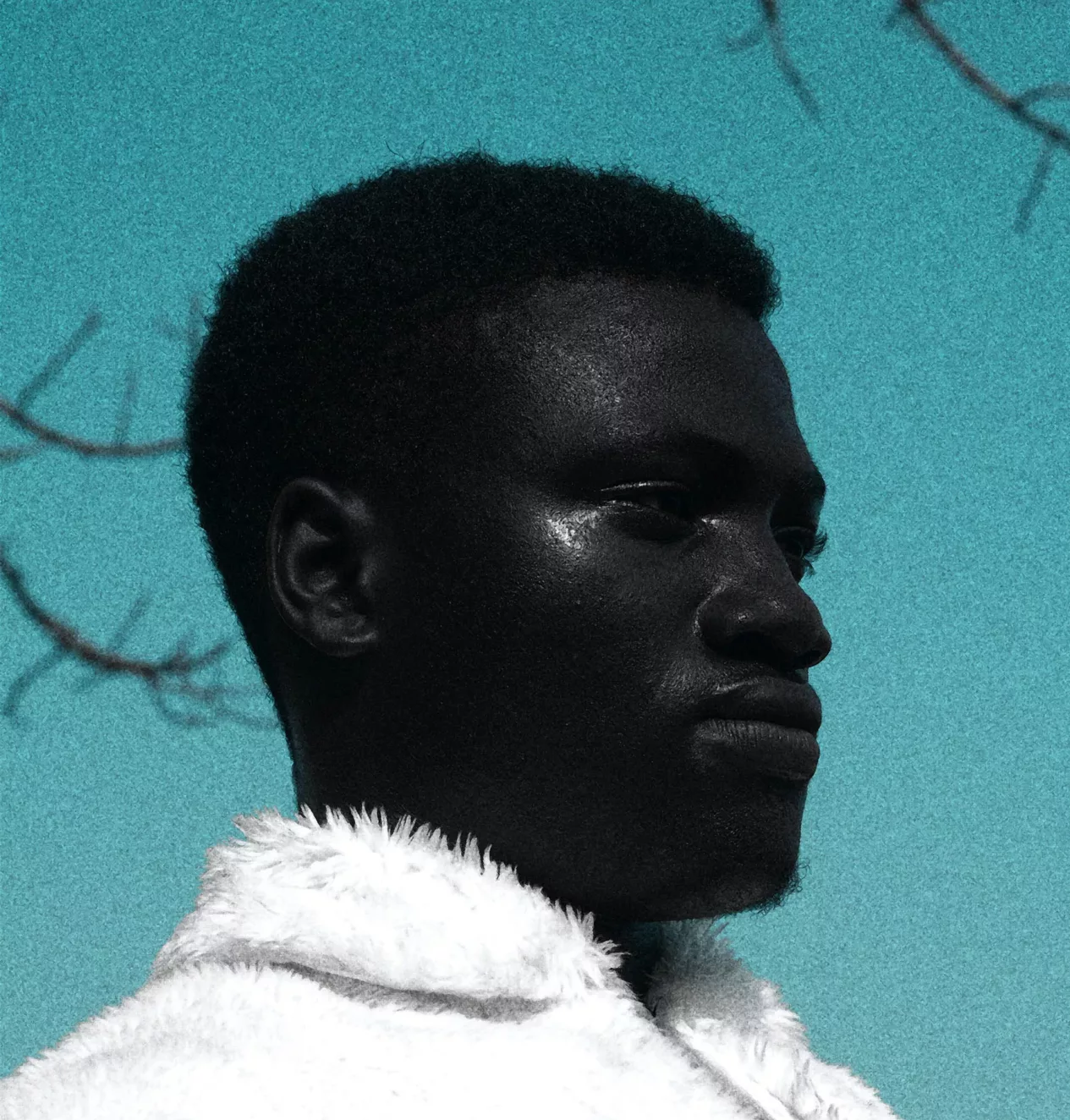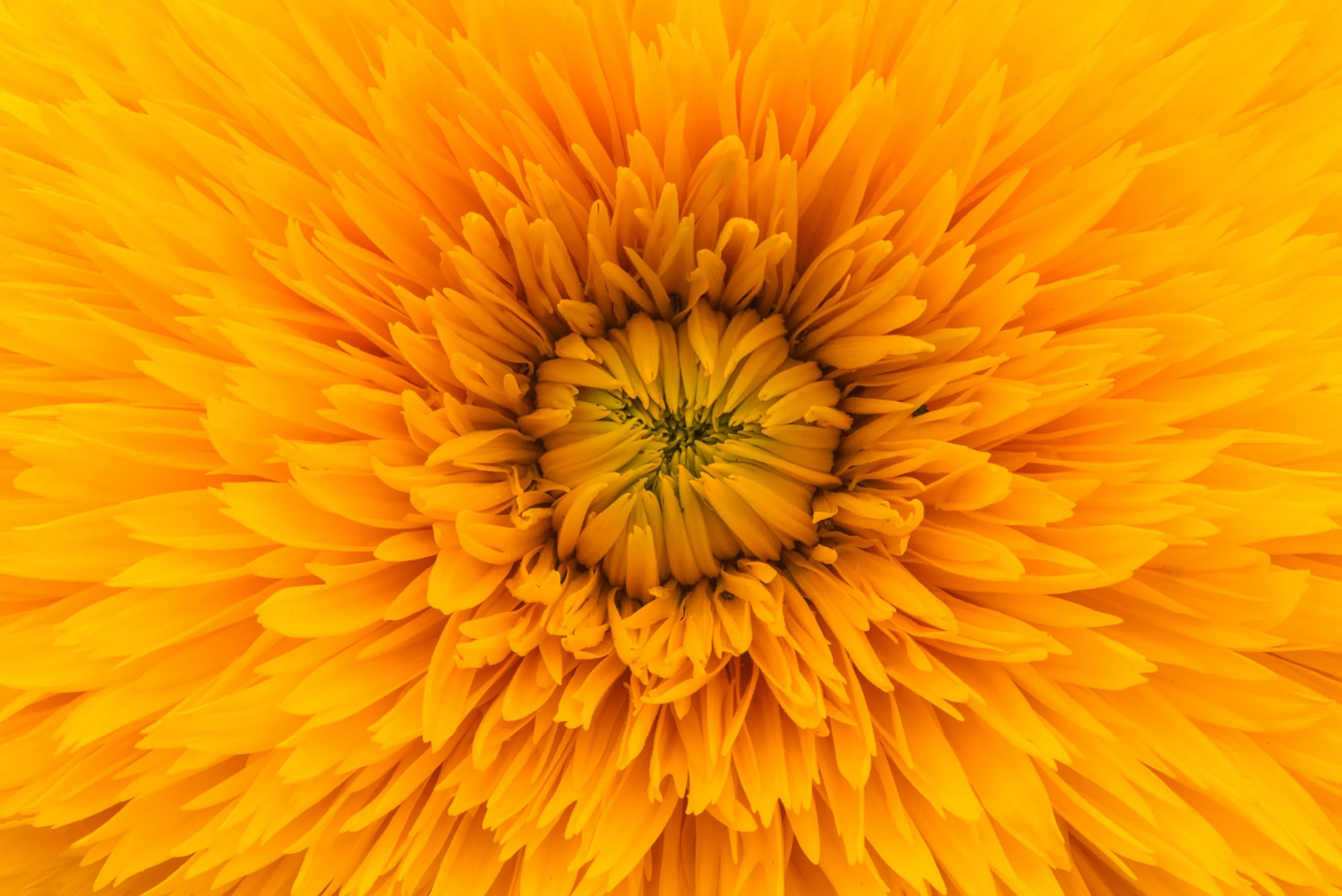What comes to mind when you imagine an art classroom?
Maybe you remember a specific teacher—perhaps the one who made an offhand comment that humiliated you and left you feeling like an artistic failure. Or maybe she made you feel safe and confident, though you didn’t have the language to describe what you were learning in her presence.
Do you recall being labeled as “good” or “not good” at art? Did that moment quietly cement your identity around creativity?
Now ask yourself: when you hear the word creative, do you know how you’d define it? Or does the word live inside you more like a feeling than a fact—flickering, compelling, hard to name?
In our capitalist culture, art skills are often objectified, packaged, and commodified. Students are not only expected to produce artifacts—they’re subtly positioned as the product. Creativity becomes something a student either has or doesn’t have. And once that binary is in place, the identity of “artist” becomes gatekept. Those who don’t identify with it often count themselves out before they ever begin.
But creativity isn’t a fixed trait. It’s a dynamic process. As researchers Ronald Beghetto and Giovanni Corazza have argued, creativity is mutable, variable, and developmental (Beghetto & Corazza, 2019). It can grow, shift, and take on new forms depending on the context. Creativity scholar Edward Clapp and his colleagues go even further: “No students are creative,” they write—“but all students can participate in creativity” (Clapp & Hanson, 2019). In other words, creativity isn’t a label. It’s a way of relating to ideas. It’s what they call the “biography of an idea.”
The problem is, we’ve objectified creativity without respecting the creative process.
We praise it vaguely—“Just be creative!”—but fail to offer structure, boundaries, or support. We confuse freedom with formlessness. As a result, the word “creative” becomes hollow: full of expectation but devoid of guidance.
Here’s a simple example: imagine I give a class of thirty 8-year-olds a blank sheet of paper and a pack of crayons. I say, “You have thirty minutes—be creative!”
What do you think they’ll make?
In most cases, about 28 of those children will draw the same predictable images: a house with a chimney, a sun wearing sunglasses in the corner, a stick-figure family. These are the culturally coded visual symbols they’ve learned. Maybe two children will create something more imaginative—an underwater kingdom, an alien landscape. They’re likely drawing from inner stories already forming in their minds.
In this scenario, those two students are often labeled “the creative ones.” But the truth is, the whole class hasn’t been given a creative problem to solve.
If we reframe the assignment as a challenge—with thoughtful parameters, constraints, and opportunities for exploration—more students begin to stretch. If we teach children how to push boundaries, and why it matters, they’ll eventually begin doing it on their own. That’s where creative confidence is born: not from talent, but from time spent in uncertain mental spaces, solving problems in unexpected ways.
And yet, it’s easier to write creativity off as something only certain people have—especially when the process feels vulnerable.
Visual art doesn’t let you hide. It asks you to make something tangible, something physical, something that reveals where you are in your process. There’s no shortcut. No AI can do it for you.
But through struggle and uncertainty, something extraordinary happens: you start to meet yourself more clearly. And that meeting creates an unshakable confidence in being. Not in performing, not in producing—just in being.


Kurt Vonnegut said it best:
“Practice any art—music, singing, dancing, acting, drawing, painting, sculpting, poetry, fiction, essays, reportage—no matter how well or badly, not to get money and fame, but to experience becoming, to find out what’s inside you, to make your soul grow.”
References
- Beghetto, R. A., & Corazza, G. E. (2019). Dynamic Perspectives on Creativity: New Directions for Theory, Research, and Practice in Education. Springer.
- Clapp, E. P., & Hanson, D. (2019). Participatory Creativity: Introducing Access and Equity to the Creative Classroom. Routledge.
- Vonnegut, K. (2006). A Man Without a Country. Random House.
Ready to Reclaim Your Creative Identity?
If this piece resonated with you, explore how my workshops support individuals and teams in reconnecting with creativity as a learnable, liberatory skill.
🌀 Discover the Workshops
© 2025 Andrea Merello. All rights reserved. Please do not reproduce this content without permission.



